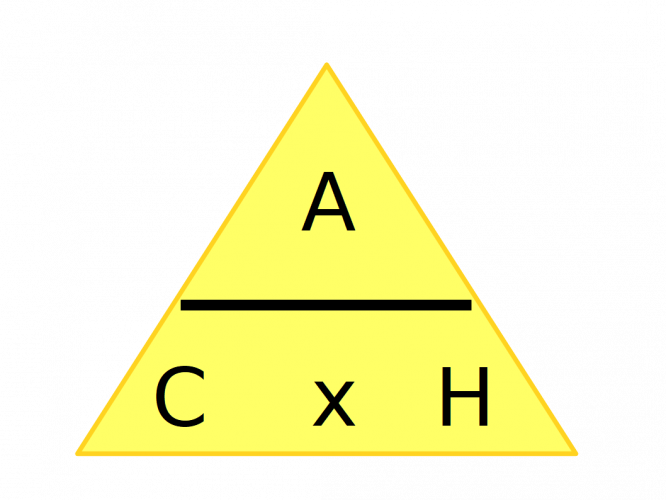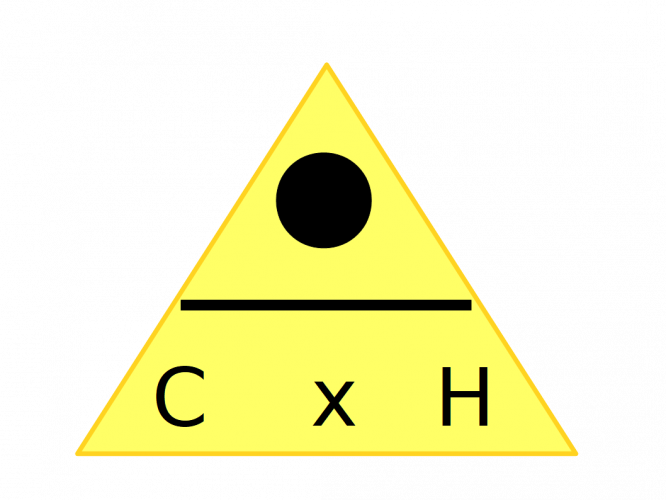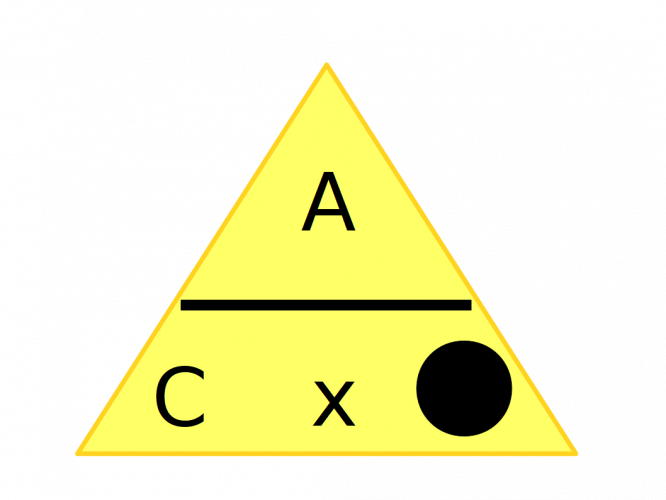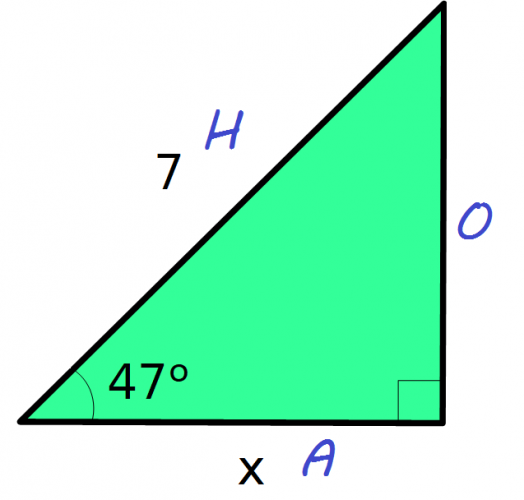Did you know that the word trigonometry comes from ancient Greek?

'Trigonon' was their word for triangle and 'metron' their word for measure.
Trigonometry - measuring triangles, sounds simple then!
"SOH, CAH, TOA" is something that every maths teacher has probably chanted at you.
We are going to look at Cos here and what the "CAH" means.
A formula triangle is helpful:

C is for Cos (which will be given as an angle)
A is for adjacent side
H is the hypotenuse side
The line in the middle means divide.
To use this triangle we cover up what side it is we want to find and we are left with a formula to follow.

If we want to find the adjacent side, cover up the A. The formula we are left with is Cos(angle) x Hypotenuse.

If we want to find the hypotenuse, cover up the H. The formula we are left with is adjacent (A) divided by Cos(angle)
Let's look at some examples.
IMPORTANT NOTE: Make sure your calculator is set to degrees otherwise this formula will not work correctly. (If you are in the right mode, you should see a "D" at the top of the calculator screen).
Example 1
Find length x in this triangle.

1. Label the lengths of the triangle: A, O, and H
2. Work out the side you want to find. In this case, x is the adjacent length, so we want A
3. The formula triangle shows that A = C x H
4. Substitute the angle and the length into the formula. This gives A = cos47 x 7
5. In your calculator type in cos 47 x 7
6. Your answer should be 4.77 cm to 2 decimal places.
Example 2
Find length x in this triangle.
.png)
1. Label the lengths of the triangle: A, O, and H
2. Work out the side you want to find. In this case, x is the hypotenuse, so we want H
3. The formula triangle shows that H = A ÷ C
4. Substitute the angle and the length into the formula. This gives H = 15 ÷ cos32
5. In your calculator type 15 ÷ cos32
6. Your answer should be 17.69 cm correct to 2 decimal places
Now that you have seen the formula and how to use it, have a go at 10 questions!








